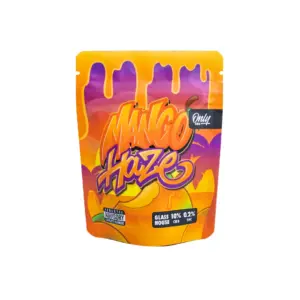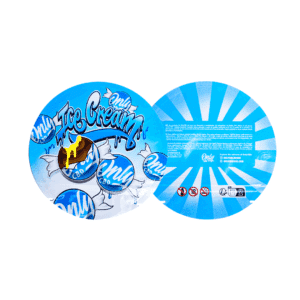What are cannabinoid receptors?
The human brain and other organs contain naturally occurring cannabinoid (CB) receptors and the chemicals associated with them. This is known as the human endocannabinoid system (ECS). The ECS's role is to maintain our body's ability to function, typically by influencing the functioning of other systems. It plays an essential role in our nervous system and regulates multiple physiological processes. This includes adjusting our response to pain, appetite, digestion, sleep, mood, inflammation, and memory.
The ECS also influences seizure thresholds (e.g., in epilepsy), coordination, and other processes such as the immune system, cardiac function, sensory integration (touch, balance, spatial sense), fertility, bone physiology, the central stress response system (CSRS), neural development, and eye pressure.
Types of receivers
Currently, two types of cannabinoid receptors have been identified in the human body. They are known as CB1 and CB2.
CB1 receptors, for their part, are found mostly in the central nervous system. Although, to a lesser extent, they are also present in the heart, kidneys, tonsils, spleen, and reproductive, immune, and digestive systems.
CB2 receptors, on the other hand, are usually located in the lymph nodes that are part of the immune system.
How do they work?
Cannabinoid receptors complement the processing and absorption of chemical compounds. In this way, they transmit their information to the cells that make up our body. Later, cells can use this information to control various vital functions. To give you an example, some of these are metabolism, mood, immune system responses, and sleep.
CB1 and CB2 receptors not only interact with chemical messengers in our bodies. They also interact with phytocannabinoids found in Cannabis sativa, one of which is CBD.
The mechanism by which these receptors are activated through cannabinoids is known as biological lock and key systemThis means that only certain specific compounds can interact with cannabinoid receptors. To do so, they need to have a suitable structure or shape that fits, like a key, with the receptors. Otherwise, we could say that these receptors would be blocked from other compounds.
What is its role in the endocannabinoid system?
It's worth noting that we have multiple cannabinoid receptors distributed throughout our body. All of them are part of the endocannabinoid system (ECS). This is the system through which our cells communicate with each other.
Additionally, this system is connected to numerous processes. These include mood, pain, memory, appetite, among others.
Now, when cannabinoid receptors are activated, they generate transformations within cells. This allows the ECS to influence vital processes in the body, such as the modulation of pain perception, the functions of the cardiac or gastrointestinal systems, the regulation of neurotransmitters, and so on.
In short, when we talk about the ECS, we're referring to an internal system influenced by the intake of phytocannabinoids. These function like a false key that fits into the lock of its receptors.
Main conclusions
We can say that CBD, rather than interacting directly with cannabinoid receptors, promotes their connection with other compounds. This allows for more significant results.
By taking on the role of "chief executive," CBD ensures that the entire set of receptors performs its tasks correctly. Thus, when the cannabinoid receptor network is functioning at 100%, the body will be prepared to deal with conditions that could destabilize it.























